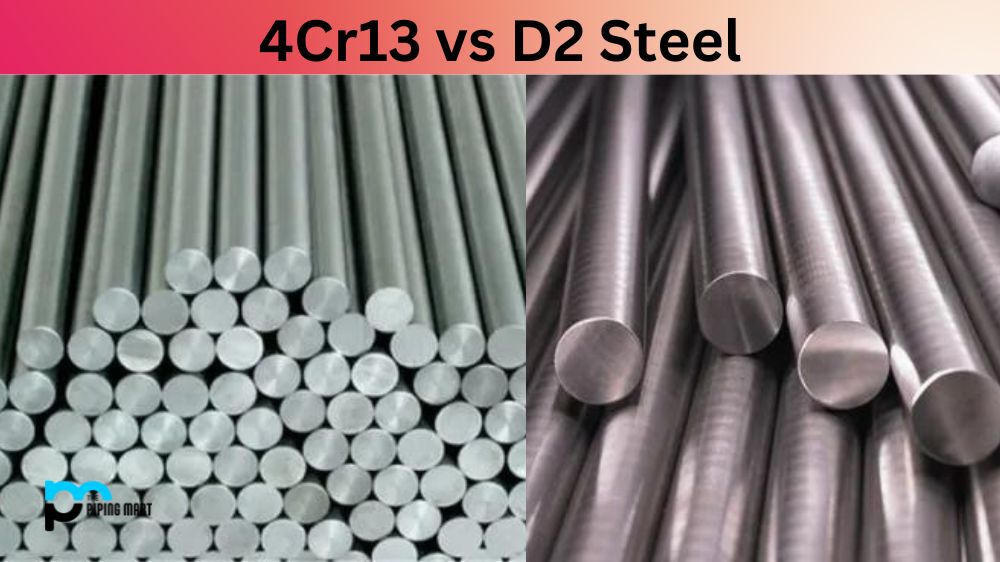When it comes to materials, there are a variety of options available on the market. Each material has its own unique characteristics and advantages that make it suitable for specific projects. GI and aluminium are two materials that often come up when discussing construction projects. In this blog post, we’ll take a closer look at both materials to help you decide which is best for your project.
GI (Galvanized Iron)
GI is an iron alloy with zinc oxide that offers superior protection against corrosion and rust formation. This makes it ideal for outdoor use, as it can withstand harsh weather conditions without developing rust or corroding over time. Additionally, this material is relatively low-cost compared to other options on the market, making it a great option if you’re looking for something budget-friendly. However, GI is an alloy made from iron, so it can be prone to dents and damage if not handled properly during transport or installation.
Aluminium
Aluminium is a lightweight metal with excellent corrosion resistance properties, making it perfect for use in outdoor applications where exposure to moisture is expected. It’s also highly durable and can withstand high temperatures without losing its strength or integrity. This makes it ideal for applications such as window and door frames in areas where temperatures fluctuate widely throughout the year. Additionally, aluminium requires less maintenance than other metals due to its non-corrosive nature – meaning you won’t have to worry about repainting or treating the surface every few years like you would with other metals like steel or iron alloys. The only downside of aluminium is that it tends to be more expensive than other materials like GI due to its higher production and processing cost.
Difference Between Aluminium and GI
- Aluminium is a softer metal than Gi, meaning it’s more comfortable to wear but won’t last as long.
- Aluminium is less expensive than Gi, making it a good option for beginner or budget-conscious Jiu Jitsu practitioners.
- Aluminium doesn’t absorb sweat as much as Gi, so it’s a good choice for training in hot weather conditions.
- Aluminium is more likely to cause skin irritation than Gi, so those with sensitive skin may want to avoid it.
- Gi is the traditional choice for Jiu Jitsu and is typically required for competition, so those who plan on competing should invest in a good quality Gi.
Conclusion:
When deciding between Gi and aluminium, consider your project needs carefully before making a decision. If you need a material that is low cost but also durable enough to withstand outdoor elements such as rain and wind, then Gi may be the better option for you; however, if you need something lightweight with excellent corrosion resistance, then aluminium may be the better choice – despite being slightly pricier than GI per unit area coverage. No matter what material you choose for your project, make sure you purchase from reliable suppliers to get quality products at reasonable prices!

Meet Bhavesh, a seasoned blogger with a wealth of knowledge and experience. From metal products manufacturing to retail, Bhavesh has a diverse background in various industries and is dedicated to sharing his insights and expertise with readers.




